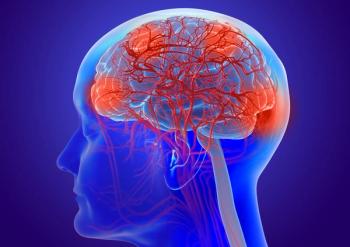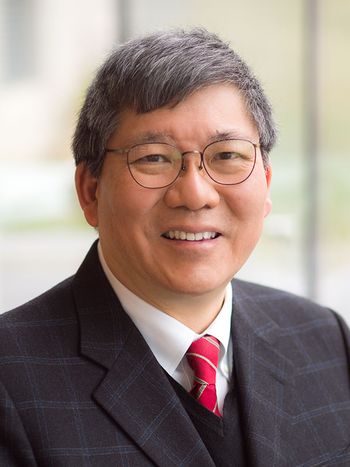
Adding PCV to RT Shows Survival Benefit in IDH1 R132H-Positive Glioma
Adding procarbazine, CCNU, and vincristine to radiotherapy offers pronounced survival benefits for patients with low-grade gliomas harboring IDH1 R132H mutations.
Adding procarbazine, CCNU, and vincristine (PCV) to radiotherapy offers pronounced survival benefits for patients with low-grade gliomas harboring IDH1 R132H mutations, according to findings from a subset analysis reported at the 20th Annual Scientific Meeting of the Society for Neuro-Oncology, held November 19-22 in San Antonio, Texas.
“IDH1 R132H mutations are associated with prolonged progression-free survival and overall survival regardless of treatment,” said lead study author Jan Buckner, MD, of the Mayo Clinic in Rochester, Minnesota. “In patients with IDH1 R132H mutations, radiotherapy plus PCV is associated with longer progression-free survival and overall survival than radiotherapy alone.”
A total of 251 eligible low-grade glioma patients were randomly assigned to undergo radiotherapy alone (n = 126) or with PCV (n=125), and for patients with available tissue (45% of each study group), IDH1 R132H mutation status was determined immunohistochemically with cytoplasmic staining.
IDH1 R132H mutations were detected in 35 of 57 (61%) patients with available tissue in the radiotherapy-only study group and 36 of 56 (64%) patients in the radiotherapy and PCV group.
Among patients with IDH1 R132H mutation–positive, low-grade glioma, median overall survival is 13.1 years, compared with 5.1 years among IDH1 R132H–negative patients (hazard ratio [HR], 0.55 [95% CI, 0.33–0.91]; P = .02), Dr. Buckner reported.
“For patients with IDH1 R132H mutations, median progression-free survival was 7.6 years compared to 1.5 years” in patients with no IDH1 R132H mutation (HR, 0.50 [95% CI, 0.32–0.79]; P = .003), Dr. Buckner said.
Among IDH1 R132H–positive patients, overall survival was superior in patients receiving radiotherapy and PCV (HR, 0.42 [95% CI, 0.20–0.86]; P = .02), as was progression-free survival (HR, 0.32 [95% CI, 0.17–0.62]; P < .001), he reported.
For the mutation-positive patients, median overall survival was 10.1 years for patients in the radiotherapy-only group and not reached (11.3-plus years) for the radiotherapy and PCV group, he noted. Ten-year overall survival was 53% and 75%, respectively, for these patients.
Newsletter
Stay up to date on recent advances in the multidisciplinary approach to cancer.





![According to John Henson, MD, “What we need are better treatments to control the [brain] tumor once it’s detected.”](https://cdn.sanity.io/images/0vv8moc6/cancernetwork/e0d29c38bb732429ae370e4ef7d1829a10c96446-2992x1684.png?w=350&fit=crop&auto=format)


























































































